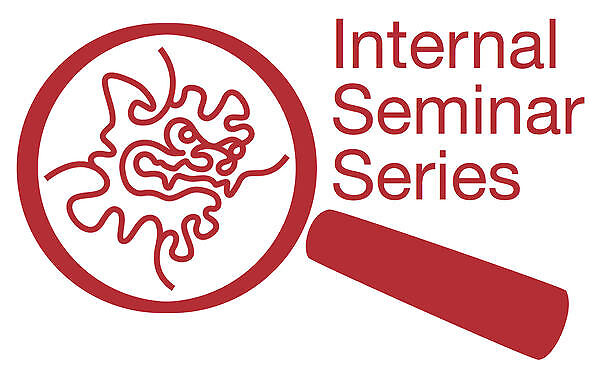Kun-Lung Li, A Hydrolase Gene in an Animal that Makes Cellulose

Date
Location
Description
Speaker: Kun-Lung Li, Evolutionary Neurobiology Unit
Title: A hydrolase gene in an animal that makes cellulose
Abstract: Horizontal gene transfer (HGT) is one of the important forces that shape animal genomic architecture and contribute to biological diversity. Tunicates, the sister group to vertebrates, are the only animal group that can synthesize cellulose. They might have acquired this unique ability in an ancient HGT event and obtained cellulose synthase gene CesA from bacteria. Interestingly, the structure of tunicate CesA gene is different from any other CesA: tunicate CesA contains not only a glycosyl transferase family 2 domain (GT2), which is similar to the cellulose synthase of other organisms, but also a glycosyl hydrolase family 6 domain (GH6) similar to cellulase enzyme in bacteria and fungi. Previous phylogenetic analysis of tunicate CesA genes identified a separate GH6-containing gene (tentatively called GH6-1) in several tunicate genomes. The GH6-1 genes exist in tunicates but not in other animals. We found stage- and position-specific expression of the GH6-1 gene in Ciona embryos. On the other hand, comparing GH6-1 homologs in different tunicate species revealed that some introns are conserved in different tunicate species, showing a deep history of this gene. We are also conducting reporter assays to localize the functional elements that control this gene. Genetic manipulation of the GH6-1 gene may help to reveal its physiological function. We may show how this possible horizontally transferred GH6-1 gene is functionally retained in tunicate genomes.
The seminar will be followed by discussion with free soft drinks and pizza after 17:00. Join in!
Subscribe to the OIST Calendar: Right-click to download, then open in your calendar application.



